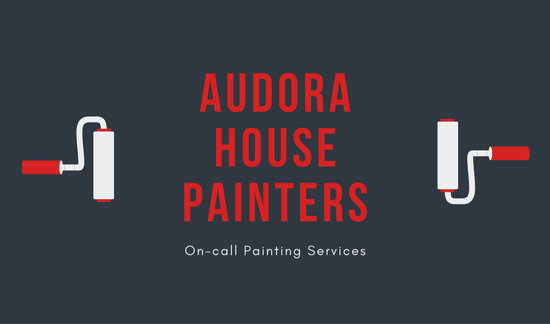Seasonal Considerations For Commercial Outside Paint: What You Required To Know
Seasonal Considerations For Commercial Outside Paint: What You Required To Know
Blog Article
Authored By-Leach Bagger
When you're intending a business external painting job, seasonal variables can make or break your results. You'll intend to take into consideration exactly how temperature and humidity effect paint application and drying times. Choosing the best season can guarantee your paint sticks appropriately and lasts much longer. Yet which periods are truly the best for this kind of job? Let's check out the key elements that can impact your task's success.
The Effect of Temperature Level on Paint Application
When you're preparing a commercial external paint project, the temperature level can considerably impact exactly how well the paint adheres and dries.
Preferably, you want to repaint when temperature levels range in between 50 ° F and 85 ° F. If it's also chilly, the paint might not treat effectively, leading to issues like peeling off or fracturing.
On the other hand, if it's as well hot, the paint can dry also rapidly, avoiding appropriate adhesion and resulting in an uneven surface.
You need to additionally think about the time of day; morning or late afternoon provides cooler temperature levels, which can be more positive.
Constantly check the maker's recommendations for the details paint you're using, as they commonly offer guidance on the perfect temperature range for ideal results.
Moisture and Its Result on Drying Times
Temperature isn't the only ecological factor that influences your business exterior paint job; humidity plays a considerable duty as well. High humidity levels can reduce drying times substantially, influencing the total top quality of your paint task.
When the air is saturated with dampness, the paint takes longer to heal, which can bring about problems like bad bond and a greater threat of mold development. If you're painting on a particularly humid day, be prepared for extensive wait times in between layers.
It's important to keep track of neighborhood climate condition and strategy accordingly. Preferably, go for moisture levels between 40% and 70% for optimal drying out.
Keeping these consider mind guarantees your job remains on track and delivers an enduring finish.
Best Seasons for Commercial Exterior Painting Projects
What's the very best season for your commercial exterior painting tasks?
Spring and early loss are typically your best options. During these periods, temperature levels are light, and humidity levels are often lower, producing excellent conditions for paint application and drying out.
Stay clear of summer's intense heat, which can trigger paint to completely dry as well rapidly, resulting in inadequate attachment and coating. Similarly, winter's cold temperatures can hinder appropriate drying out and healing, risking the durability of your paint task.
Aim for days with temperatures between 50 ° F and 85 ° F for ideal results. Bear in mind to check the regional weather forecast for rainfall, as wet problems can wreck your job.
Preparation around these variables ensures your paint task runs smoothly and lasts longer.
Conclusion
To conclude, planning your commercial exterior paint jobs around seasonal factors to consider can make a substantial difference in the result. By organizing job throughout the suitable temperatures and humidity levels, you'll make certain better adhesion and drying out times. Keep in https://residential-painters-near22110.vblogetin.com/40051415/intend-to-discover-the-very-best-house-painters-discover-the-techniques-for-a-sensational-home-upgrade-that-might-increase-your-property-worth-by-as-much-as-7 to keep an eye on local weather forecasts and pick the right time of year-- spring and very early autumn are your best options. Taking these actions will certainly aid you achieve a resilient and professional surface that lasts.
